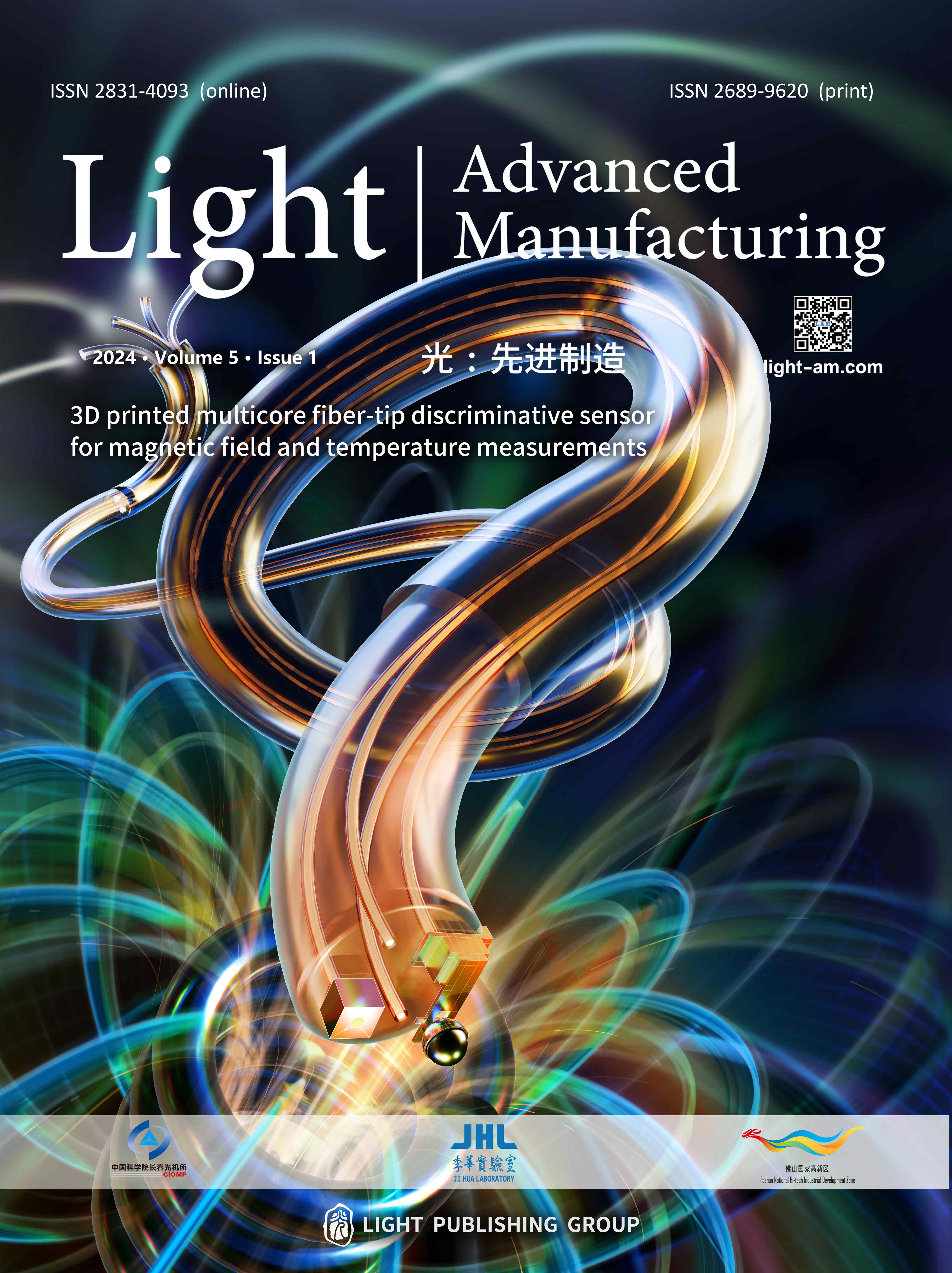
ISSN 2689-9620 EISSN 2831-4093
Indexed by:
- DOAJ
- Scopus
- Google Scholar
- CNKI
-
2021, 2(3): 350-369. doi: 10.37188/lam.2021.024
-
2021, 2(3): 313-332. doi: 10.37188/lam.2021.020
-
2021, 2(4): 446-459. doi: 10.37188/lam.2021.028
-
2023, 4(3): 233-242. doi: 10.37188/lam.2023.023
-
2021, 2(1): 59-83. doi: 10.37188/lam.2021.005



 Email
Email RSS
RSS